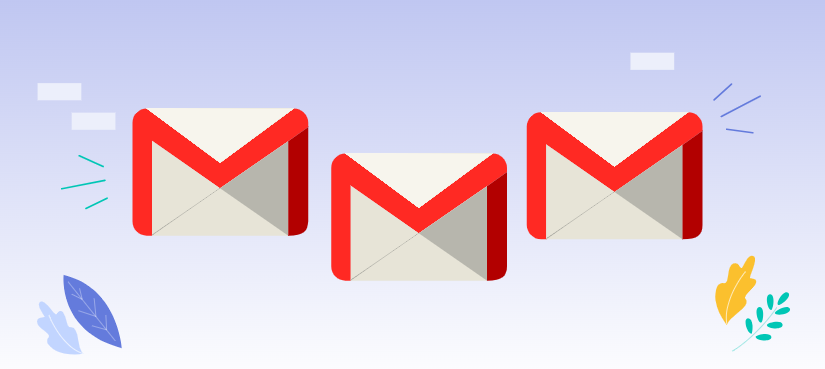Discover the power of the Google Sheets to Gmail connection. This guide will provide a step-by-step approach to integrating these two platforms, enabling you to automate email sending, create dynamic email templates, and enhance your productivity.

Have you ever wished you could generate dynamic reports that update in real time, automate tedious chores, or send customized emails straight from your spreadsheet? The secret to releasing this potential is learning how to link Google Sheets to Gmail. These two effective tools can be seamlessly integrated to improve productivity, save time, and streamline procedures.

Let's find the reasons why connecting Google Sheets to Gmail is a game-changer:
Now that you understand the benefits of connecting Google Sheets to Gmail, let's explore some practical methods to achieve this integration.
With the help of Google Apps Script, a robust scripting language, you can automate operations in Google Workspace. Here's a detailed tutorial on using it to link Gmail and Google Sheets:
1. Create a New Script:
Open your Google Sheet and go to Tools > Script editor.
Create a new script and paste the following code:
function sendEmail() {
var sheet = SpreadsheetApp.getActiveSheet();
var range = sheet.getRange("A2:B"); // Adjust the range as needed
var data = range.getValues();
for (var i = 0; i < data.length; i++) {
var toEmail = data[i][0];
var emailBody = data[i][1];
MailApp.sendEmail(toEmail, "Subject", emailBody);
}
}
Use code with caution.
2. Customize the Script:
Replace "A2:B" with the exact range of cells holding your email addresses and email body information. You can change the email's title and body as you like.
3. Run the Script:
Give the script permission to access your Gmail account by clicking the Run button. Emails with the matching content from the second column will be sent to the addresses indicated in the first column as the script iterates through the designated range.
Think about utilizing a third-party integration solution like Integromat or Zapier if you want a more approachable method. Without knowing any coding, you may use these tools to establish "Zaps," or automated workflows, between Google Sheets and Gmail. A simple example of configuring a Zap to send emails from Google Sheets is provided here:
1. Create a New Zap:
2. Add an Action Step:
3. Test and Publish Your Zap:
Once you're satisfied, publish your Zap to start automating your email workflows.
You can use the Gmail API and Google Apps Script to build strong integrations for more complex customizations. This method gives you more freedom and control over your workflows, but it does require some programming experience.
Here's a brief overview of the steps involved:
1. Enable the Gmail API:
Enable the Gmail API in the Google Cloud Platform console.
Create a new project and generate API credentials.
2. Write a Google Apps Script:
Use the Gmail API to send emails from your Google Sheet.
Customize the script to meet your specific needs, such as adding attachments, formatting emails, and handling errors.
3. Deploy the Script:
Deploy the script to a web app or trigger it manually.
By following these tips and leveraging the power of Google Sheets and Gmail, you can unlock endless possibilities for automating tasks, streamlining workflows, and boosting productivity.
After learning how to connect Google Sheets to Gmail, if you’re considering backing up your Gmail, MultCloud can be extremely useful. Trusted by over 3 million users, MultCloud is a multi-cloud management tool that facilitates the transfer or synchronization of files between various cloud services.
For instance, you can save your Gmail emails as PDFs to your computer or cloud drives, such as Google Drive, OneDrive, or Dropbox, in bulk. MultCloud also enables you to access and manage all your cloud or Email accounts via a single application. Currently, it supports more than 30 different cloud services, including Google Drive, OneDrive, Dropbox, Box, Google Photos, iCloud Photos, FTP, WebDAV, and more.